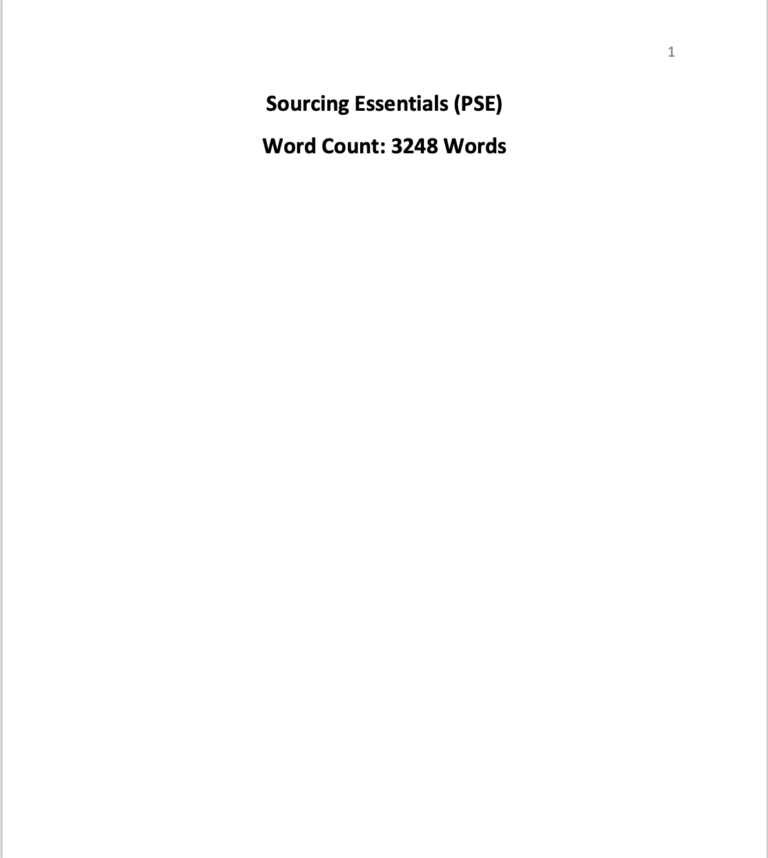Description
Solution
A major lesson learnt in this research included improving my skills and competencies to pursue evidence-based management in different dimensions. I selected an already existing issue and setting out for using research methods for solving them. This contributed to my learning on setting elaborate and achievable objectives and reviewing of all evidence. Prior working on this research, I would have been able to implement what the rest have done without evaluating contextual suitability and applicability. While this is noted to have been relevant in varying scenarios, we have at all times achieved unforeseen challenges contributing to lack of capacity to continue with the process implementation. Besides, while I was looking for literature, I managed keenness in examining its relevance to our context and issues which I regard as of immense concern. This project similarly offered me with a chance of using employees participation tools learnt on and which I had not gotten an opportunity for practicing and specifically surveys and interviews. I similarly got an opportunity for interpreting analysis findings improving my confidence in the competency.
I do not have any issue with setting time appropriately in Gantt Charts since I prioritised on worst-case scenario. My ability of completing this in a timely manner was due to collecting data in a timely manner. Specifically, my colleagues demonstrated eagerness of contributing to opinions hence overall time used to collect data reduced by more than a half offering me more time of putting the report down and submission of the draft assessment.
In the data collection, I had zero issues with questionnaires questions clarity since I engaged a professional with knowledge in this area. Nevertheless, I faced a set of issues to get the interviewees translate entire questions to Arabia. The respondents had a challenge of opening their experiences. For future best practice, my preference is having third parties pursue interviews for reducing likelihood of insecurity preventing provision of detailed narrations uncovering further challenges. To present recommendations, I would have pursued appropriate powerpoint document. Since the interviews were conducted on phone, there were misunderstanding due to language differences. Some of the respondents only used Arabic to communicate and as such I had to translate the findings to English. In the process, the meaning would have been lost. The time was also limited hence failure to use follow-up questions which are equally important in interviews data collection.
Please click the following icon to access this assessment in full
Related Papers
(Solution) CIPD Level 5 Avado Learning 5C003- Professional Behaviours and Valuing People
(Solution) CIPD 5HR03 role of people practice in supporting line managers to make consistent and appropriate reward judgements. (AC 3.2)
(Solution) CIPS Sourcing Essentials Assessment
- In this assessment, sourcing approaches have been identified and holistically reviewed. This is in line with RCU organisation IT spend category. This is further compared with payment services, document management category which is office suppliers and postal services.
- For evaluating the identified spend categories, various tools have been selected which are Kraljic Analysis Tool, Mendelow’s Analysis Tool for Stakeholder analysis and the Maslow Hierarchy of needs.
- Further, by using the SWOT analysis, the internal and external factors of the sourcing have been selected. A further analysis by use of Peter Block Grid’s has been applied to evaluate the interests of stakeholders to source appropriate position.
- The findings indicate that RCU adopts the best sourcing approach based on their needs.
- Finally, by using Carter’s 10Cs model, the best practice for pursuing suppliers appraisal has been provided for IT spend category.



